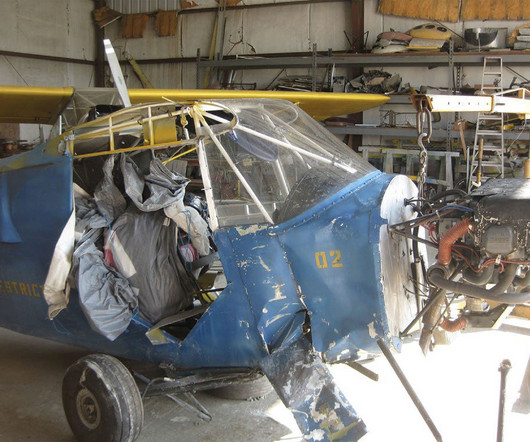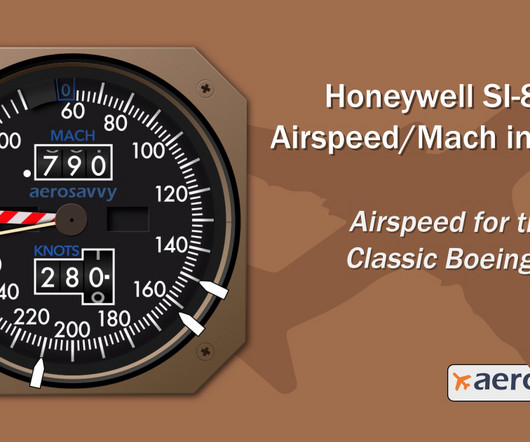Accident Briefs—July 2025
Plane and Pilot
JULY 1, 2025
Investigators noted at the time of the accident the temperature was 30 degrees Celsius, the dew point was 4 C, and the altimeter setting was 29.98. After arriving at the destination airstrip the student entered left downwind for Runway 13, resulting in a right quartering tailwind of about 5 knots.













Let's personalize your content